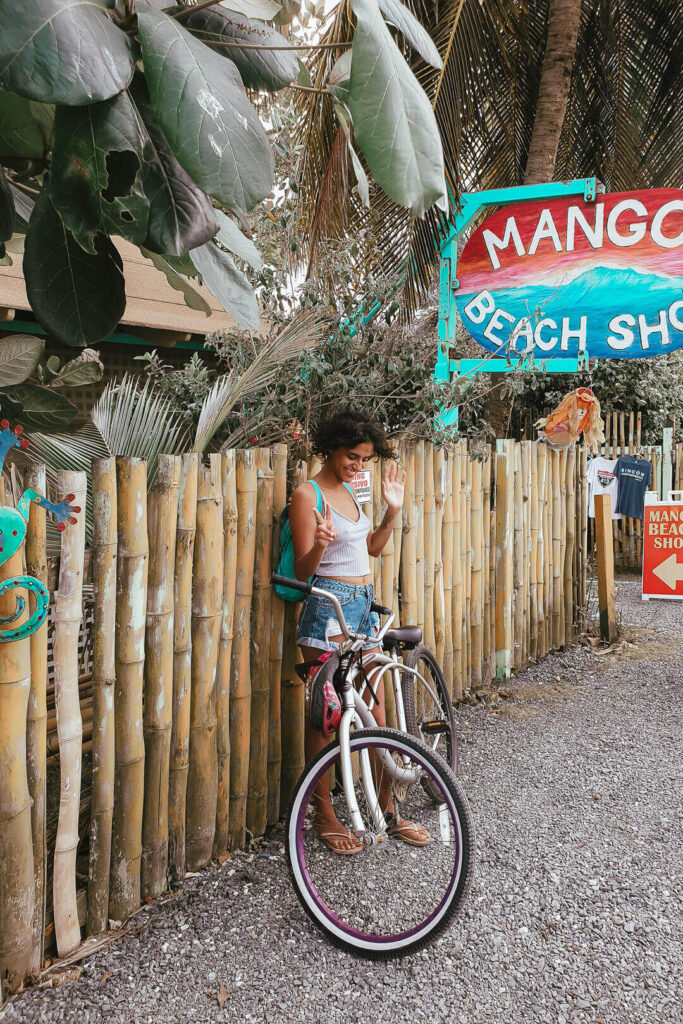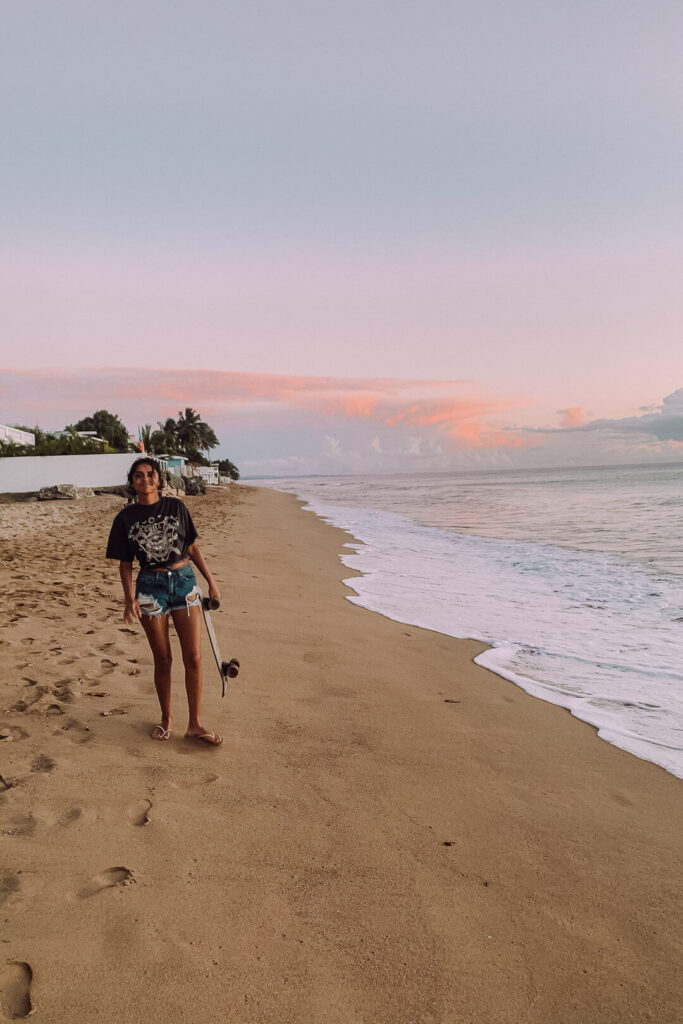If you are planning on taking a vacation to Puerto Rico you might be wondering about the driving culture there. A lot of people taking a vacation in Puerto Rico opt in to rent a car and drive it around the island to all of the different cities and attractions. This is much cheaper than renting a private shuttle or a taxi. Driving in Puerto Rico is definitely different from driving on the mainland United States.
You might end up getting frustrated if you are not used to the rules on the island. Since driving is the best way to enjoy a tour of the entire Island on your own time I would recommend anyone thinking about renting a car to read this article. This article has all of the information you need about driving in Puerto Rico and how to be safe while doing so.

Driving Laws and Rules in Puerto Rico
The driving system in Puerto Rico is similar to the mainland United States. If you have a license in any of the US states you should be familiar with all of the driving rules. There are however some differences which are really important. I have listed those below.
- You drive on the right side of the road in Puerto Rico. This is the same as on the US Mainland where you drive on the left side of the road.
- The left lane is the slow lane and the right lane is the fast lane in Puerto Rico.
- Seat belts in Puerto Rico are mandatory for everyone in the car including infants and children.
- Sometimes streets in Puerto Rico have multiple names.
- The police cars always have their lights on even if they are not planning on stopping you.
- All the main highways have tolls and you need an Auto Expresso stamp to get through them. Most rental cars already have this attached in front of the car and the cost is included in your rental cost.
- The distances in Puerto Rico are measured in kilometers but the car speeds are still in miles per hour.
- The prices of gas are in liters.
Traffic sign translations
- pare — stop
- ceda — yield
- cuidado — caution
- salida — exit, both as in a parking lot exit and an exit ramp from a highway
- solo — only, as in the word solo with a left-pointing arrow would mean left turn only
- transito (on a sign with an arrow) — usually means one-way, and sometimes indicates bi-directional traffic flow
- peaje — toll
- autopista — highway or expressway
- norte — north
- sur — south
- este — east
- oeste — west
- hacia — toward, as in Hacia 66 would mean Toward Route 66
- interseción — junction, often abbreviated INT, so INT 3 would mean junction with Route 3
- estacióne — parking
- no estacióne — no parking, also a big E with a slash through it means no parking
- calle — street
- carratera — road
- carril izquierda — left lane
- carril derecho — right lane
License Requirements
Any tourists visiting from the mainland United States can use their state’s driver’s license to drive in Puerto Rico. All international travelers need an International Driving Permit to drive in Puerto Rico along with their drivers license. Car rentals will ask you for your International Driving Permit to rent a car to you so be sure to have this on hand. Warning – You can only get an International Driving Permit in your home country and not outside of it.
Best Puerto Rico Tours
Adventure Tours
Puerto Rico has some really cool adventure tours that take you around the island. If you are into hiking then visit the El Yunque Rainforest with insane waterfalls and hikes. Another really fun day trip is a Catamaran Cruise to Culebra island where you get to party and relax on the sea. And finally, come swim with turtles in San Juan Bay.
Where to rent a car in Puerto Rico
It is good to remember that renting a car in Puerto Rico is very expensive. The per day cost of renting a car usually comes to about $50 to $100.
There are multiple places where you can rent a car in Puerto Rico. The San Juan International Airport is where most travelers landing prefer to rent their cars. The car rental offices are on the ground floor right in front of the Uber pickup zone. There are also multiple car rental offices right outside of the airport. The airports in the cities of Aguadilla and Mayaguez also have car rental companies next to the airport. The city of Ponce also has some car rental offices where you can rent a car. Avis is an internationally known company but there are also other local companies which are really good and might be cheaper to rent from.
You need to select and book a car online on the company’s website before you go to pick it up. If you go to the rental office without booking a car there might be a chance that all cars have already been rented out. Be careful – some companies show really low prices on their website but when you go to the rental office they add insurance prices, extra charges, and charges for persons under the age of 25 which makes the entire car rental really expensive.
Car Insurance Rules
While renting a car in Puerto Rico the rental company is going to ask you for your insurance, your credit card that is in your name, and your driver’s license. Some companies also take your personal car insurance but you will have to check if your insurance covers rental cars. If your personal insurance does not cover rental cars then you will have to pay for it while renting the car. There are two types of insurance that you need before renting a car: the Supplemental Liability Insurance and the Collision Damage Waiver and Loss Damage Waiver. The SLI is mandatory and it covers the cost of any accidents that affect the third party. The CDW is optional and covers any damage to the vehicle in case of an accident or robbery so you don’t have to pay for it yourself.


Navigating in Puerto Rico
The streets and highways in Puerto Rico can sometimes have multiple names which makes it really difficult to give verbal directions. If you are traveling from one place to another I recommend typing the directions into Google Maps. I used Google Maps the entire time I was in Puerto Rico and it never led me wrong. Google Maps is really good in Puerto Rico and will get you to your destination in the safest and fastest way possible.
Highways in Puerto Rico
The major highways in Puerto Rico will have single digit roads e.g. Route 1 and Route 2 are older main highways. Double digits roads like Route 18 and Route 66 are newer major highways or toll roads. Triple digit roads like Route 186 or Route 191 are smaller roads going through the middle of the island or through towns.
Top Tours in Puerto Rico
The craziest and most adrenaline filled tours to get your heart pumping. These tours combine the best of the natural wonders the island has to offer with great activities.
Driving in rain in Puerto Rico
The weather in Puerto Rico can be extremely unpredictable especially in hurricane season. The winds get very high and the rain pours down in torrential sleets. This makes the roads very slippery. The roads are the most slippery after the first rain of the season. You should be extremely careful while driving on any roads after recent rain. You should also keep in mind that if it has rained a lot some of the cities might get flooded and in such cases you should keep off the road to prevent any damage from happening to the car. Never try to cross any flooded areas because the water will get in the engine and the car will stall.
Night time driving in Puerto Rico
Especially important to know when driving in Puerto Rico during nighttime is to keep your guard up. Always keep to the tourist areas that you are familiar with and do not try to take any shortcuts. One of our Uber drivers, a young woman that was dropping me off really late at night, told me to be really careful when stopping at red lights in remote areas at night and to keep a lookout for any gangs or men approaching the vehicle. After midnight you can drive past red lights and it is recommended you do so you do not have to stay alone at any intersections and potentially become a target.
Mountain driving in Puerto Rico
Some really beautiful roads go through the middle of the island and through the mountains. It is important to know that driving on mountains is very different from driving on straight. If you have never driven on mountains before I either recommend taking a route that does not go through mountains or be really while navigating the roads. Mountain driving can be dangerous because of the narrow space to pass between the ledge and other cars and the sharp blind turns.
Tips for driving in Puerto Rico
Keep your eyes on the road
Puerto Rican can be really aggressive drivers so it’s super important that you are always focused on the road. Keep your eyes on the road and make sure you see any possible accidents coming and keep yourself safe.
Watch out for potholes
There was a lot of damage to the roads after Hurricane Maria. Even though some roads have been repaired now the roads in Puerto Rico still have a lot of potholes and bumps so keep your eye out for any possible potholes or bumps that might damage your car if you drive over them.
Avoid peak hours
The traffic in the city of San Juan is really bad during peak hours at 9:00 a.m. and in between 4:00 p.m. and 6:00 p.m. You definitely want to keep off the roads during this time because sometimes it takes two hours to get from one end of the city to the other. If you have dinner reservations I would recommend having them for after 7:00 p.m. when the traffic has died down a little. Trust me you do not want to be caught in the middle of a Puerto Rican traffic jam.
People will approach your car at intersections
People in Puerto Rico might come up to you at intersections and ask for money. Since I am from India I am used to this but it was my first time seeing this happen in the US. The people are not dangerous and they will usually leave you alone after a minute.
FAQs
Is driving in Puerto Rico like driving in the US?
Yes, driving in Puerto Rico is similar to driving in the US except some of the speed limits are different and the directions and traffic signs might be in Spanish. Overall, driving in Puerto Rico is pretty similar to driving in the US.
Is it a good idea to rent a car in Puerto Rico?
Yes, if you have the money it is a good idea to rent a car in Puerto Rico. The public transportation in Puerto Rico from one city to the other is non-existent and you only have the option of taking taxis or private shuttles between cities. I would definitely recommend renting a car in Puerto Rico so you can go to all of the different cities on the island plus also visit places like El Yunque and Fajardo and some of the really cool waterfalls inland.
Are road signs in Puerto Rico in English?
Some of the road signs in Puerto Rico are in English but a lot of the road signs are in Spanish. It is a good idea to learn these road signs before you go to Puerto Rico.
Do I need a car in Puerto Rico?
If you plan on touring the entire island then yes you definitely need a car. You can rent a car at any one of the rental company offices at San Juan International Airport. Companies like Avis Enterprise and Target are some of the good ones which have competitive prices.
Conclusion
I hope you enjoy your trip to Puerto Rico and have a safe driving experience. Always keep your eyes on the road and make sure that there are no distractions while you are driving to keep yourself safe. Driving in Puerto Rico can be a very fun experience when done right. I hope this article about driving in Puerto Rico has given you all the information that you need about any car rental services, traffic signs or any other questions that you might have.
Checkout Other Puerto Rico Posts
Complete Guide to Surfing in Rincon, Puerto Rico
23 Best Things to do in Rincon, Puerto Rico



